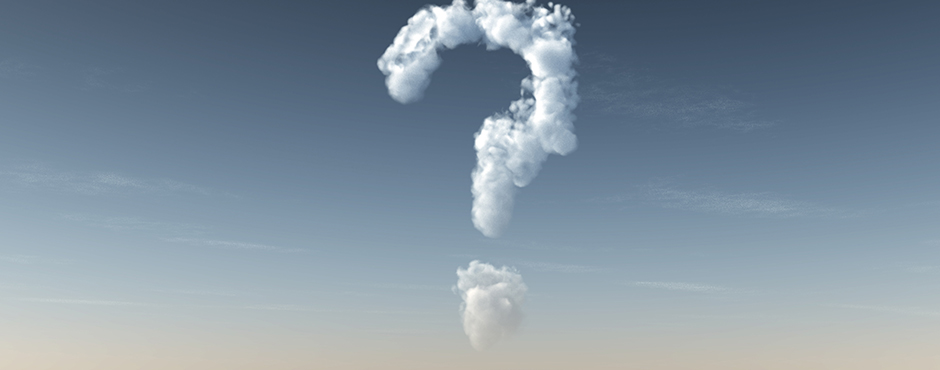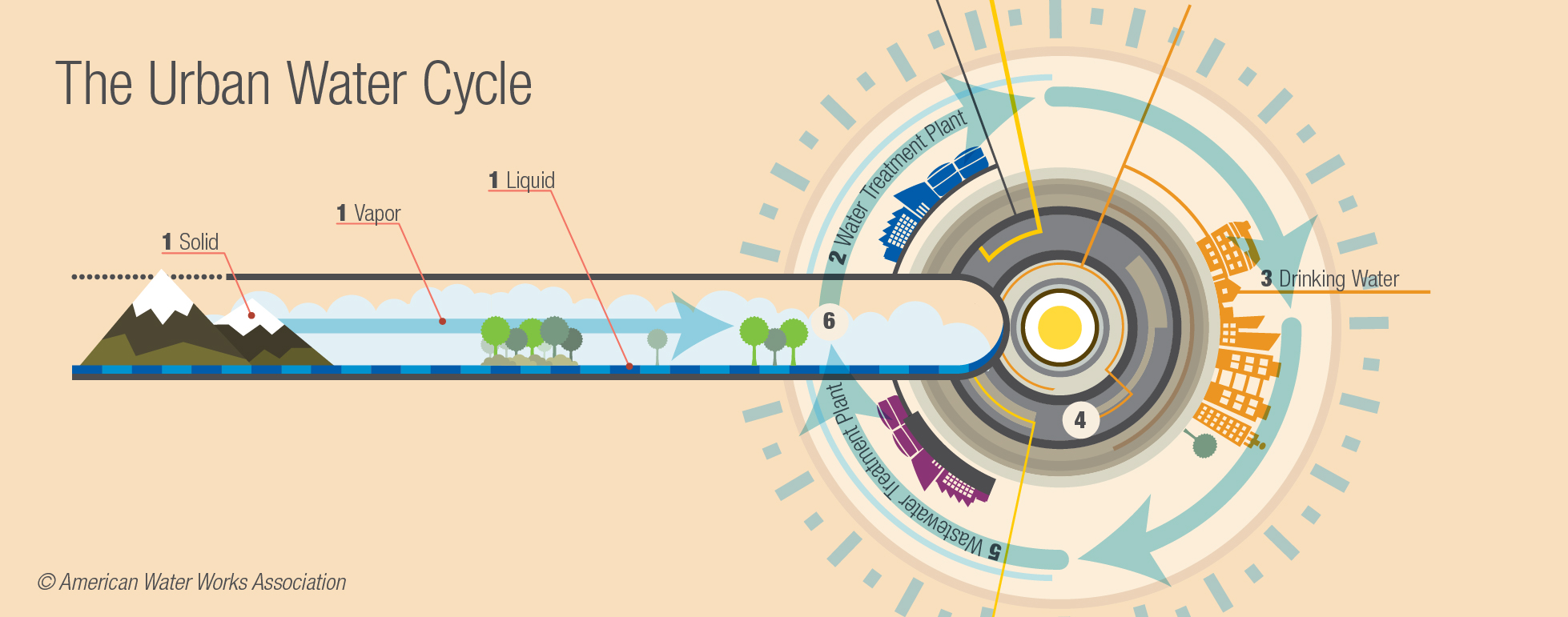
Many of us don’t give much thought to where our water comes from or where it goes after we use it, but it’s important information to know.
The two basic water sources are surface water and groundwater. Surface water is the water that sits or flows atop the ground — rivers, streams, lakes, reservoirs and oceans. Groundwater is the water beneath the Earth’s surface, which may come to the surface via seepage, spring or man-made wells.
The urban water cycle plays a critical role in how all of us get our water. The diagram below shows how man and nature work together to treat and deliver our water safely while also protecting the environment.

- This water cycle reflects the ever-changing form of water — vapor, liquid (oceans, rivers, streams, etc.) and ice.
- The liquid water is treated at a water treatment plant.
- The treated water is distributed through pipelines to your home as drinking water.
- After your family uses tap water, it drains into the household’s wastewater pipeline and flows to the utility’s main wastewater pipeline.
- From there, the water system takes the wastewater flow into the area’s wastewater treatment plant, where it is treated.
- After the wastewater is treated, it is either reused or released back into the environment to begin the cycle again.
To learn more about your water source and its treatment, visit the
Your Local Water webpage or contact your local water provider.